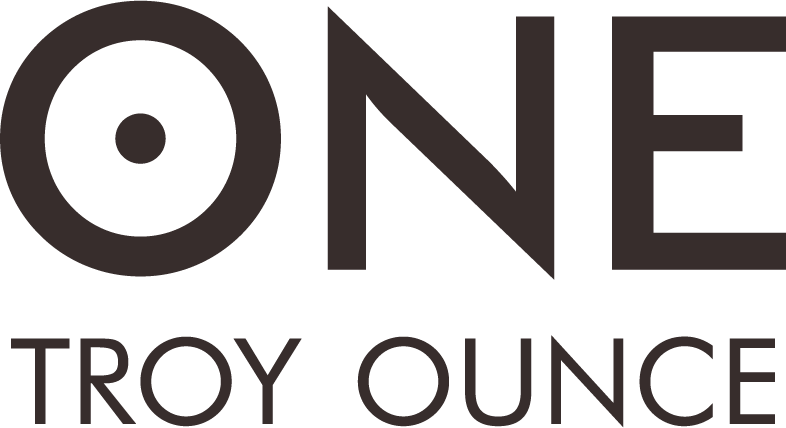As an investor interested in precious metals, you may have come across the dilemma of whether to invest in coins or bars. Both options have their unique advantages and drawbacks, and the choice ultimately depends on your investment goals, personal preferences, and financial situation. In this blog, we will delve into the differences between precious metal coins and bars to help you decide which investment option is right for you.
Coins
Coins are government-issued and come in various denominations and designs, making them a popular choice among collectors and investors alike. They are typically produced from gold, silver, platinum, and palladium, with each country minting their unique series, such as the American Eagle, Canadian Maple Leaf, and South African Krugerrand.
Pros:
- Coins are highly recognizable and widely accepted, making them easy to buy, sell, or trade.
- Their government-backed status provides a level of trust and assurance regarding their purity and weight.
- Coins may carry legal tender status, which offers additional benefits in some jurisdictions.
- Many coins have collectible value, which can enhance their worth over time due to rarity, historical significance, or design.
Cons:
- Coins often carry higher premiums compared to bars because of their intricate design, production costs, and collectible value.
- Smaller denominations may be less cost-effective for large-scale investments.
Bars
Bars are rectangular slabs of precious metals produced by private mints or refineries. They are available in various sizes and weights, from as small as one gram to as large as 1000 ounces. Gold and silver bars are the most popular, but you can also find platinum and palladium bars.
Pros:
- Bars usually have lower premiums compared to coins due to their simpler design and lower production costs.
- They offer a cost-effective solution for large-scale investments, as larger bars tend to have lower premiums per ounce.
- Bars are easy to store and stack, making them ideal for investors with limited storage space.
Cons:
- Bars are not as widely recognized as coins, which may make them slightly more challenging to buy, sell, or trade.
- They lack the collectible appeal of coins, which may limit their potential appreciation in value over time.
- Some larger bars may be more challenging to liquidate, as they require a higher financial commitment from potential buyers.
Which Option is Right for You?
Choosing between precious metal coins and bars comes down to your investment goals and personal preferences. If you're interested in collectible value or seeking smaller denominations for ease of liquidity, coins may be the better option. On the other hand, if you're focused on cost-effectiveness and ease of storage, bars may be more suitable.
It's also worth noting that many investors choose to diversify their precious metal holdings by owning both coins and bars. This approach allows you to take advantage of the unique benefits each option provides while mitigating the potential drawbacks.
In conclusion, the decision between precious metal coins and bars is a personal one that depends on your unique investment goals and preferences. By understanding the advantages and disadvantages of each option, you can make an informed decision that aligns with your objectives and enhances your precious metal portfolio.
